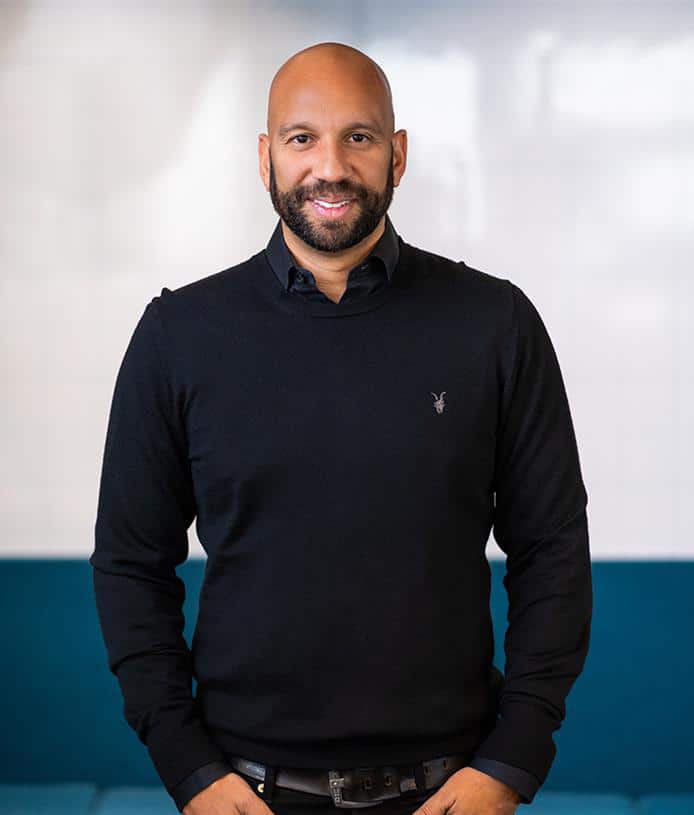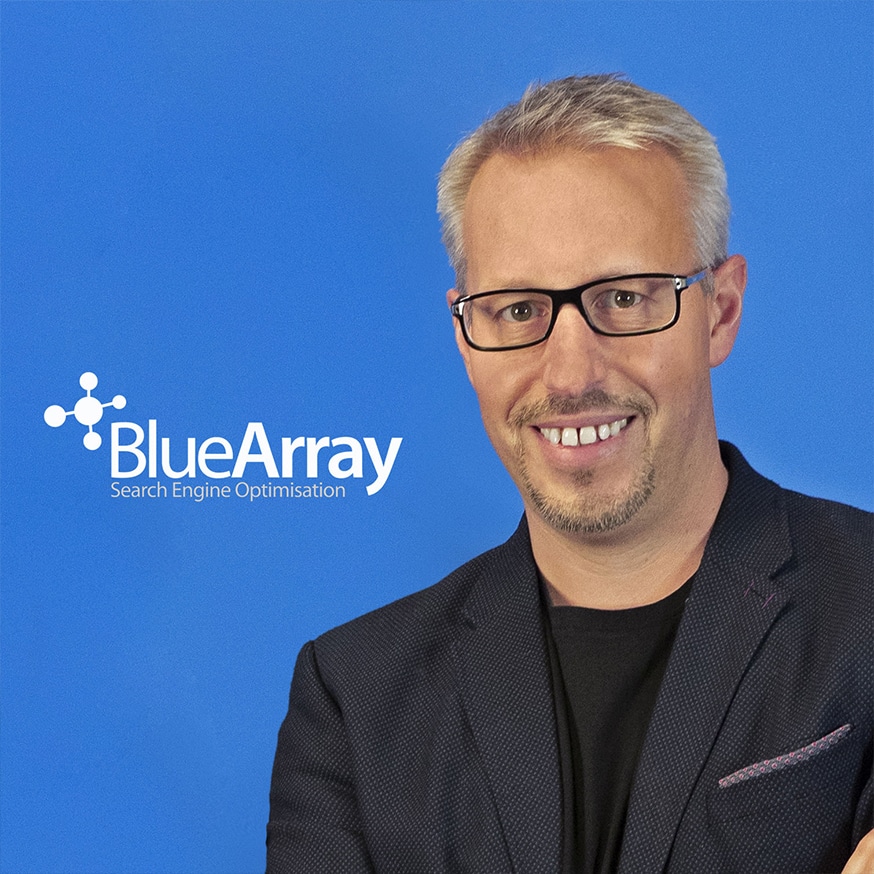
Never hire ahead of the curve
"It's a bit like saying to a bodybuilder: Don't take too many carbs before the tournament"
Rob Pierre | Co-founder | Jellyfish
How would you explain what “never hire ahead of the curve” means?
My understanding of “never hire ahead of the curve” is that it means do not hire people or incur the expense of new team members ahead of actually having the revenue or having the means to pay for that resource.
What do you think about this ‘advice’?
It depends on the outcome you're looking for. If you want to be a very comfortable lifestyle business, then it's sound advice.
The suitable analogy I would use is:
It's a bit like saying to a bodybuilder, “don't take too many carbs before the tournament”. It's just not possible to grow and maintain that lean frame and get to the size that you can compete in the tournament.
So my advice would be:
If you want to stay small and lean, then that's good advice. But if you want to grow a business, you have to find a way to be able to speculatively take in those carbs, bulk up and eventually you will cut for the tournament. However, that's something that you need to be able to sustain i.e. the level of expenses in the run up to it. So I'm jumping between the reality and the analogy, but, the bottom line is that you have the cash flow to maintain that kind of growth. You obviously still need to be efficient, but for a growing business you will absolutely need to hire ahead of the curve.
Key moments Rob Pierre hired ahead or behind the curve
We've always been hiring ahead of the curve. So the minute we realised there was a huge opportunity and that we were building a product or a proposition that was appealing to a whole host of clients, we understood that you need to have the expertise within your organisation.
Also the timelines that clients expect mean we have to hire ahead of the curve. Even if the RFP process can sometimes take a long time to come to fruition. When it does, the minute the agreement is signed, they expect you to be able to start the implementation, the onboarding and have all of the requisite skills.
And so I think it's impossible to win business and then say, I will now go out and recruit. Not only is it difficult to recruit in our market at the moment, but also there are always notice periods. We also have to onboard new team members. At jellyfish, we very much productise the processes that we've got within the organisation. That means methodology, technology, and capabilities coming together to deliver continuity and consistency with our delivery across the business - all of this has to be taught and that takes time.
So it’s impossible to just keep bringing in new people just in time to deliver the work. We absolutely need to onboard, train and make sure that we are delivering within the processes, governance and compliance and cultural values we've got within jellyfish.
A bonus tip from Rob
I have some additional advice, something that might be useful for the readers to know about acquirers, like us.
One of the challenges is the portfolio of clients that agencies have - clients that won't fit the profile of Jellyfish. So we wouldn't buy a business that's full of very small to medium businesses or products that aren't consistent. It's actually better to either have a very niche, consistent product.
Don't try to spread your capabilities too wide. So it's either better to have a niche, specialist product or - contrary to lots of advice - it's not that bad to have a really good key client. Because in the long run, that means that a lot of your revenue is related to the type of client that your suitor or your potential buyer would want.
And it's better to have that key client that you're constantly trying to offset. Because of how much of your revenue share that client takes. Because that's normally the biggest worry, isn't it? You build a business around one client. If you lose that client, then your whole business disappears. But then if you mitigate your risk and spread it amongst a bunch of smaller clients, you end up with a portfolio that I wouldn't want, it ends up having to be an acqui-hire. Then we will acquire the business and all we want to do is swap out all the clients to the profile that we are looking for.
So they have to be mindful:
What type of revenue you are driving?
What is the portfolio of your clients?
And most importantly, what is the product portfolio or the service portfolio that you are taking to market?
It's often better to get more of the same thing and not just chase it. Because you might have a client who starts asking you for things that are not your specialism. Often we then get distracted and instead of getting more of the thing that you're great at, you start doing more for a single client.
Yeah. So as you can tell it’s a little conflicting advice. I'm saying grow a big client. That's the right profile for what your acquirer might need. But also don't just grow that client with a whole bunch of services that aren't your expertise and distract you from doing more of what you're good at.
So it's a graphic equaliser. There's a lot of things that you need to consider, but I would say strategically, you have to think about this because the instinct is to hustle. The instinct is if you are acquiring talent or recruiting ahead of the curve, you're just desperately trying to get revenue so that your balance sheet is in the right condition and that you can actually pay the wages the next month and that's the issue.
So considering how it's going to be funded, how you could demonstrate what hiring ahead of the curve looks like in your business. Isolate the costs that are related to hiring ahead of the curve, so that you have a sustainable profitable business without that speculation.
It's good to have it all tagged and marked. It shouldn't be that you accidentally have more expenses than revenue. It has to be strategic and it has to be related to growth. Otherwise you can't react quickly, optimise your business and take those costs out without impacting the existing sustainable business.
I would say that to all you founders out there. It's only out of experience. It's not wisdom, it's purely retrospective observations that these are some of the challenges agency founders face and to share what we’re looking for now to grow our business: A specialist and the right profile of clients.
Rob Pierre's bio
Rob Pierre is the CEO of Jellyfish, a business working with companies across the world to help them improve their marketing performance. Companies such as Google, Uber, Nike, and the list goes on.
Jellyfish helps brands to navigate, connect, and harness the platforms that drive growth and engagement. Employing over 2250 people across 42 offices globally, the business combines agency services, consultancy, training and technology to help shape the digital future of its clients.
Launched in 2005, Jellyfish has become one of the industry’s most globally certified companies across Google Marketing Platform, Google Cloud, Salesforce, Amazon, and Facebook. With 85% growth in net revenue in 2021, Jellyfish is proud to be at the forefront of the global digital economy.
In 2021, Rob was awarded Media Leader of the Year at Campaign’s Media Week Awards and featured in the Powerlist 2022, a listing of the UK’s 100 most powerful black Britons. A business innovator, Rob has introduced a unique organisational infrastructure at Jellyfish that is disrupting norms both within and outside the media world.
Humble promo of Rob Pierre and Jellyfish
Rob oozes an insanely good energy - always smiling. Give him 10 minutes and I guarantee you'll feel like you can achieve anything you put your mind to! Despite being a founder and CEO of 2000 person company, Rob is humble and supportive. Shows his good character. Jellyfish has grown to an immense size in a very short period. It's a testament to Rob's leadership ability, charm and visionary thinking.
Oh and if you're an agency with a whale client offering a specific service to that client and have been thinking about an exit - I'd highly recommend a chat with Rob and Jellyfish, as they are a great acquirer.
Cheeeers!
Daniel (Polymensa founder)
Explore other perspectives
Vineeta Greenwood
Co-founder @ Wholegrain Digital
"It’s not clear which curve you are hiring ahead of"
Alex O'byrne
Co-founder @ We Make Websites
"As with anything, it's not great to hire when you're desperate"

The Rabbit Hole: Charts
This week I've been inspired by charts.
But not just any Word Doc clip art charts.
These charts will tickle you in all the right places.

Blindspot: Risk assessment
For the celebrities who read my newsletter 💁🏻♂️, you’ll probably be very familiar with everything I am about to talk about. But even if you’re from a prominent family with significant wealth this is equally common knowledge to you. For everyone else (including me), let’s close the gap on this blindspot.





